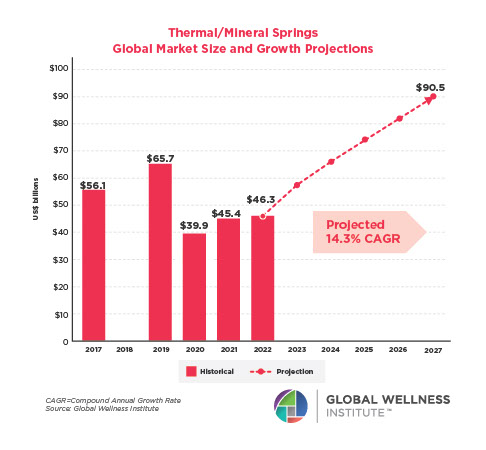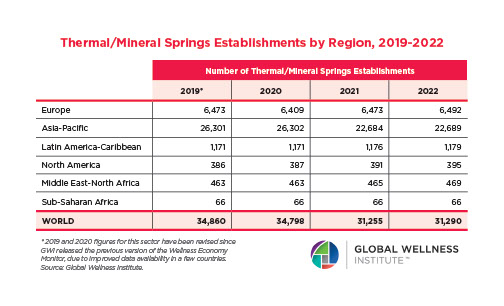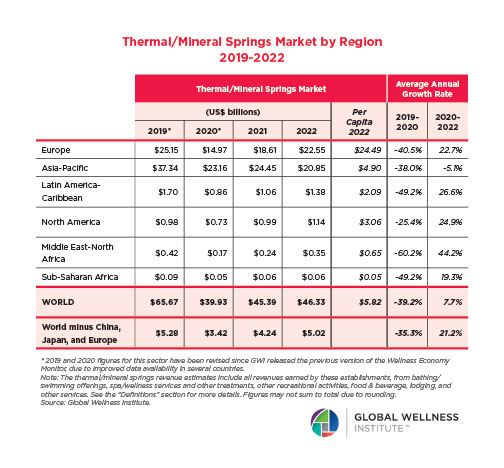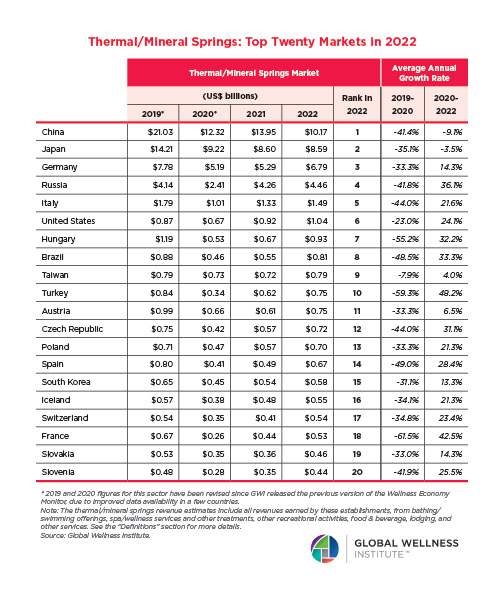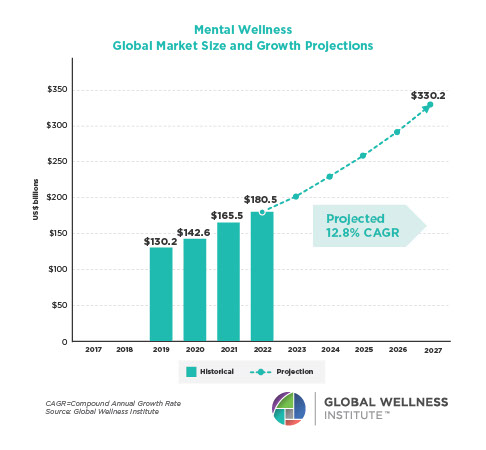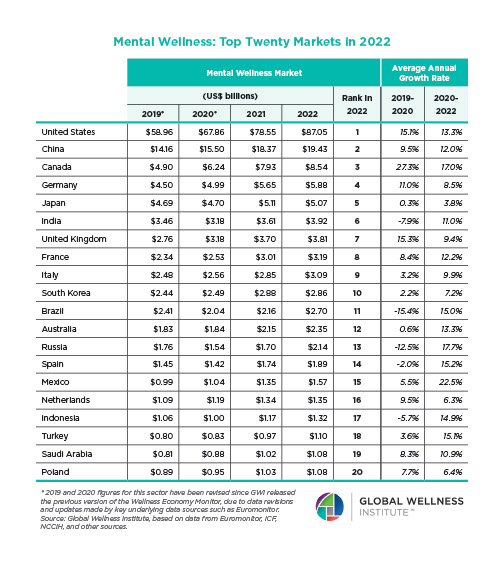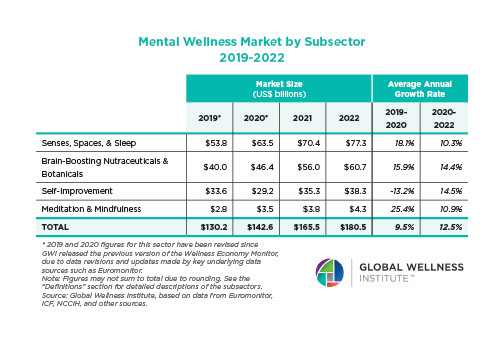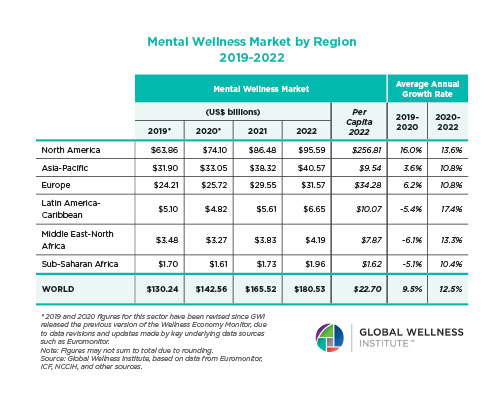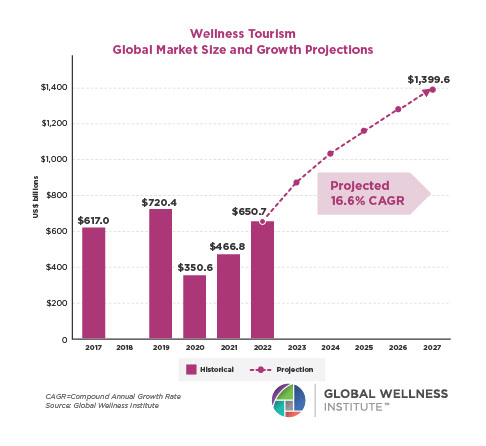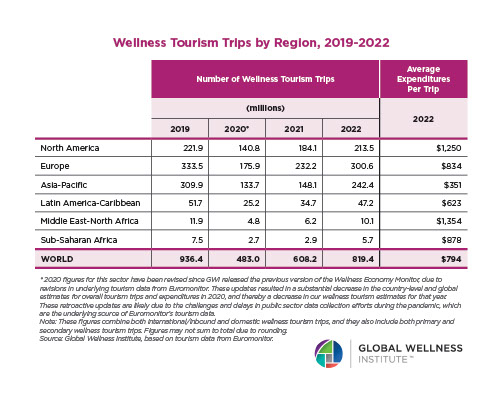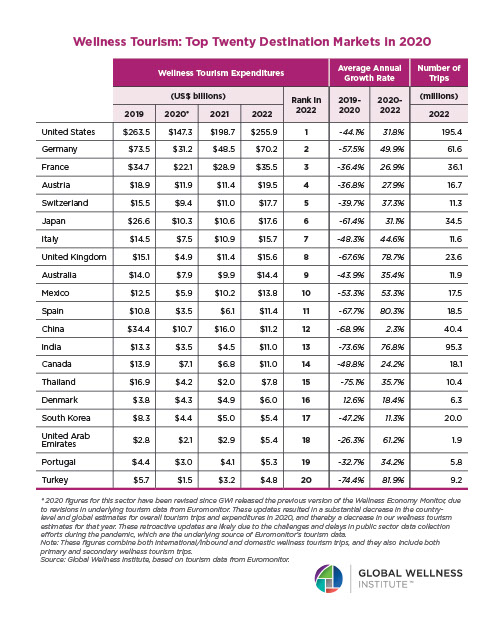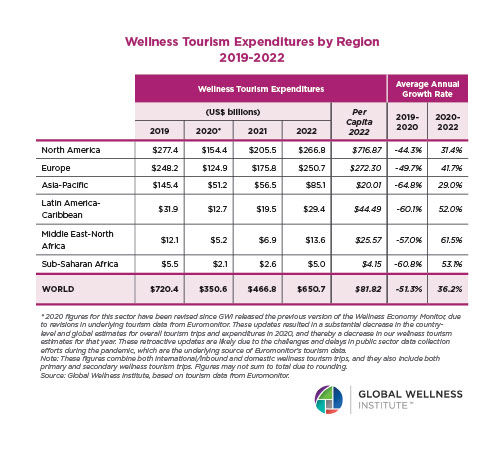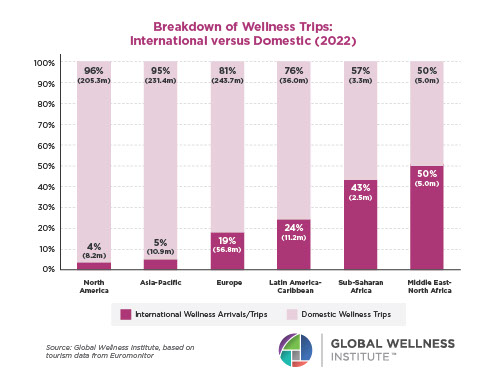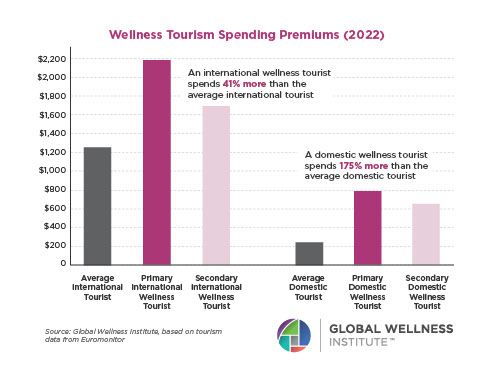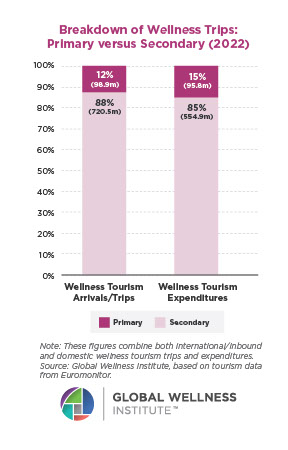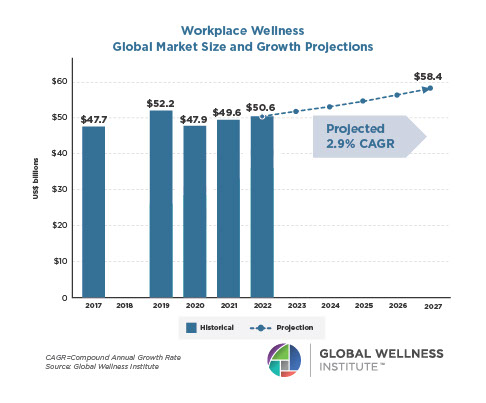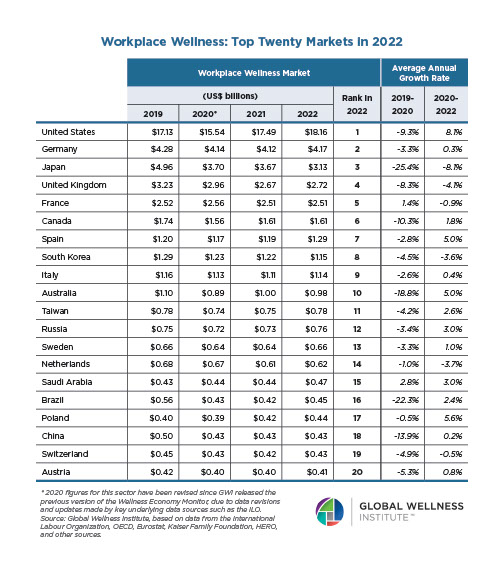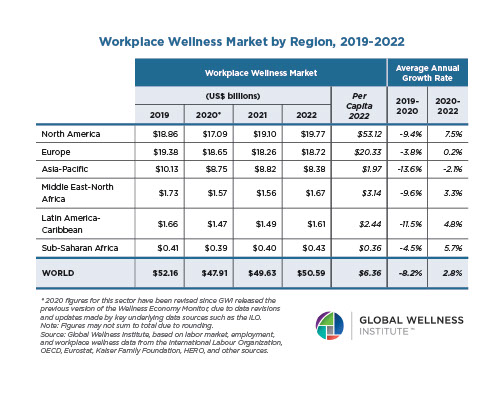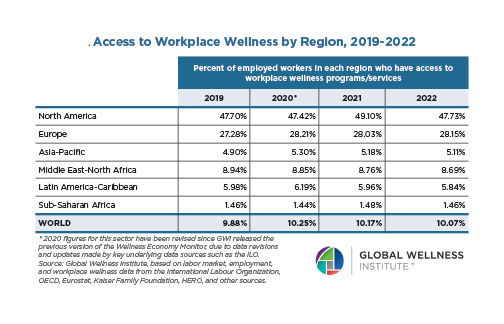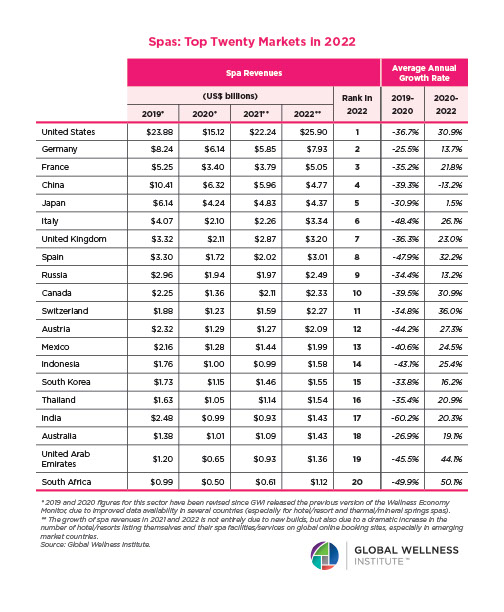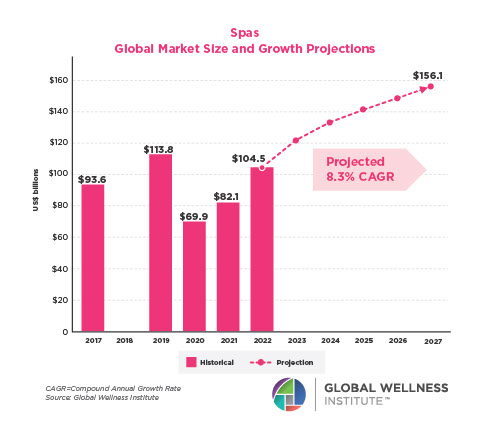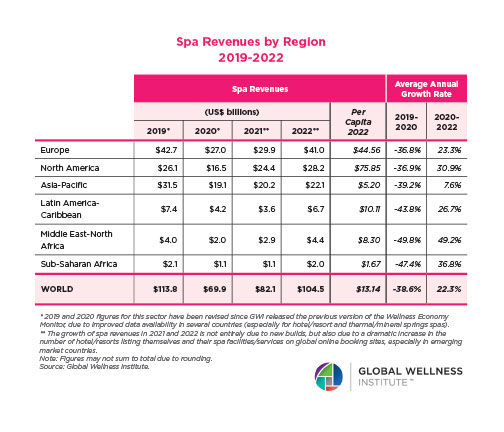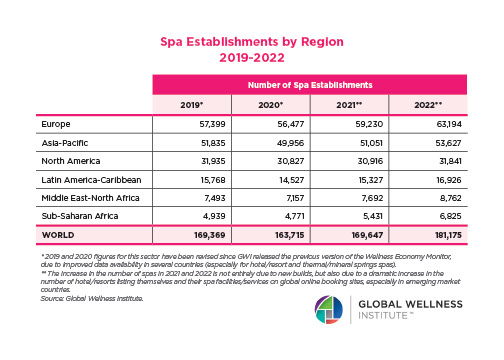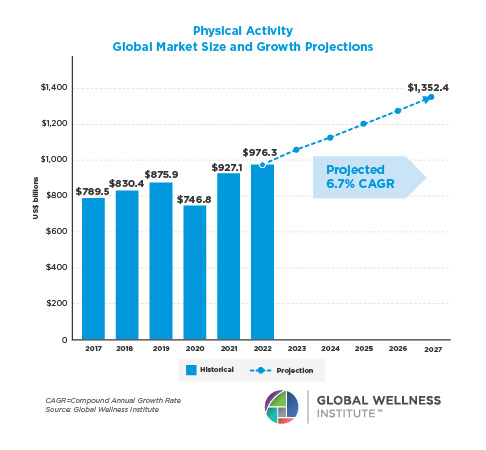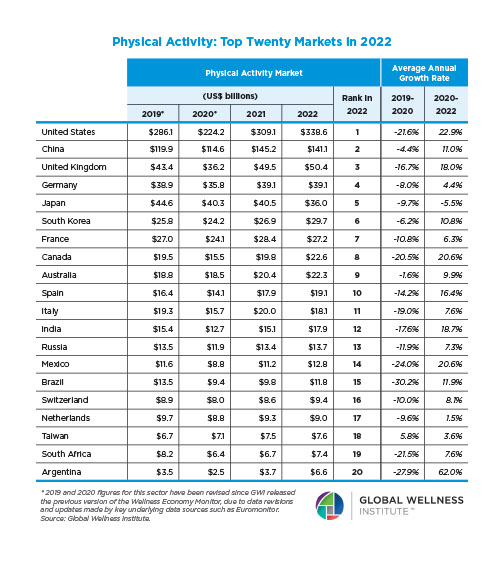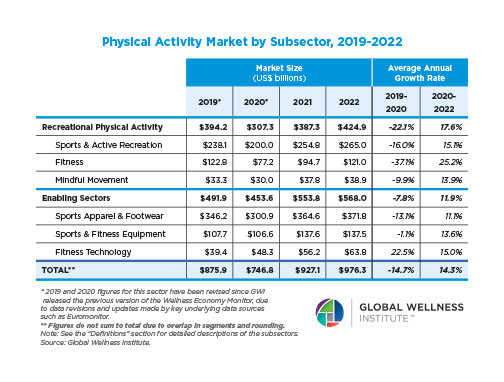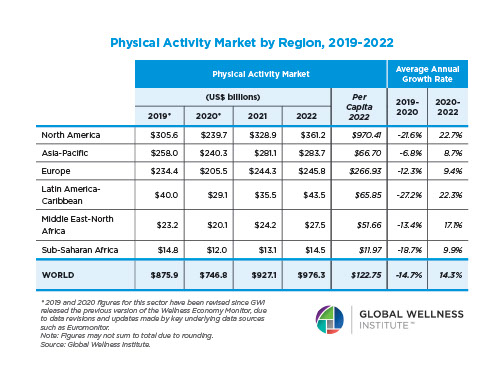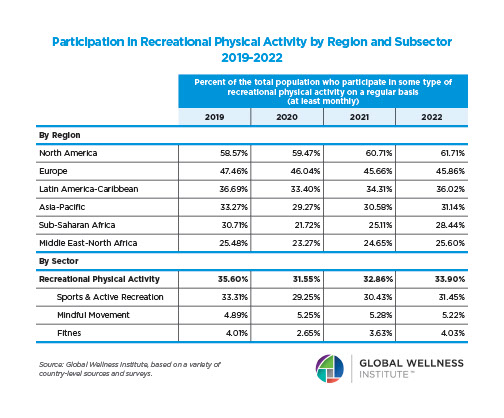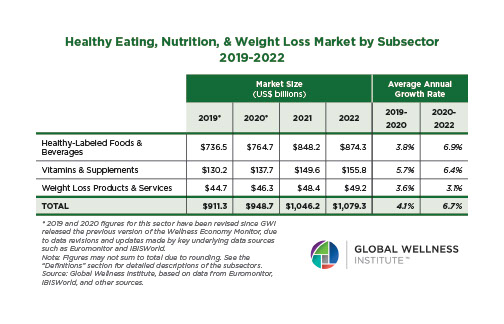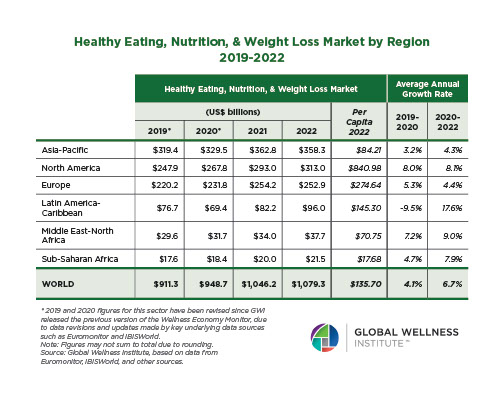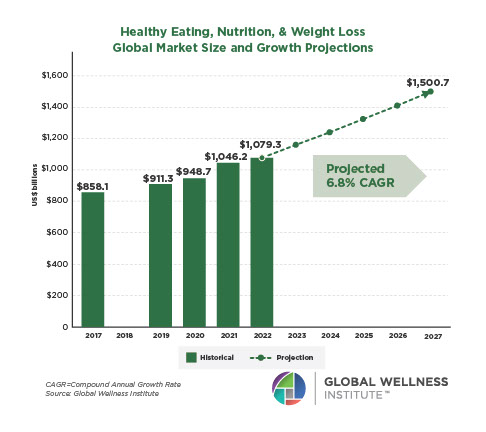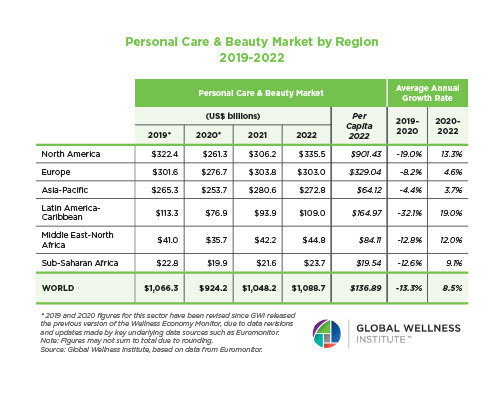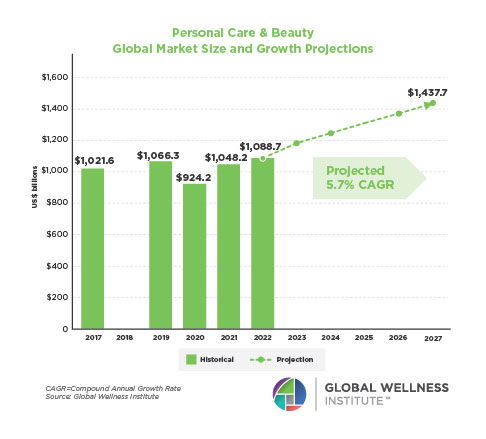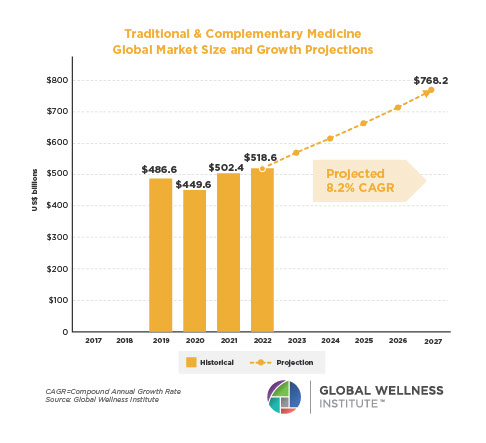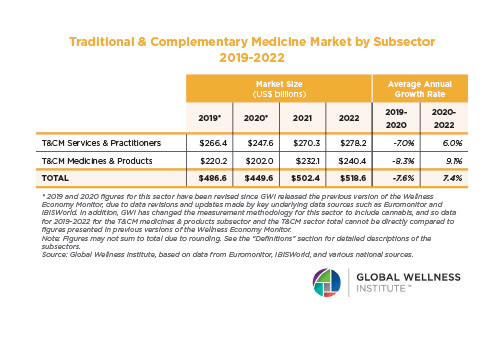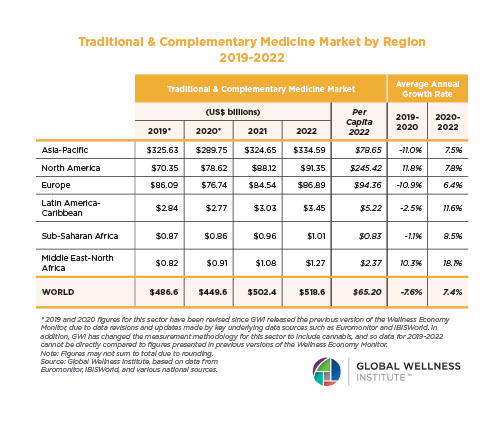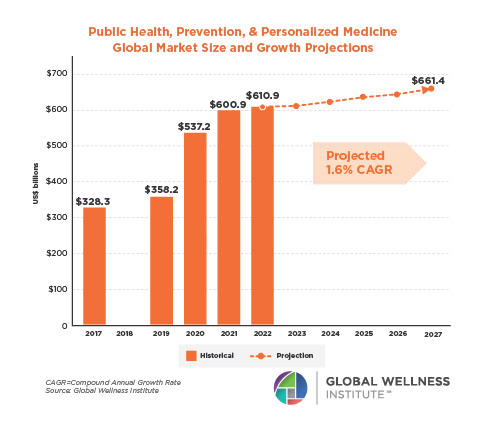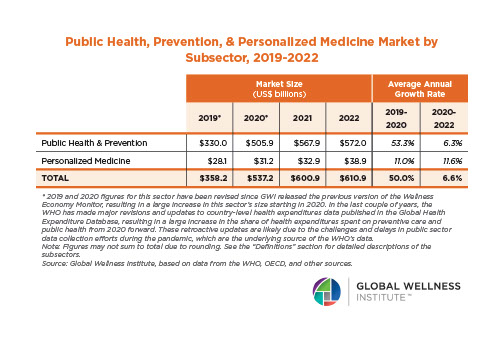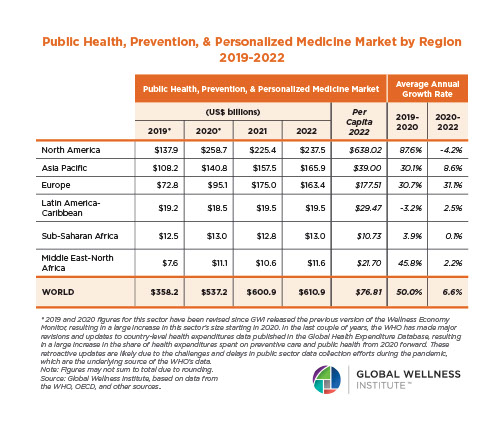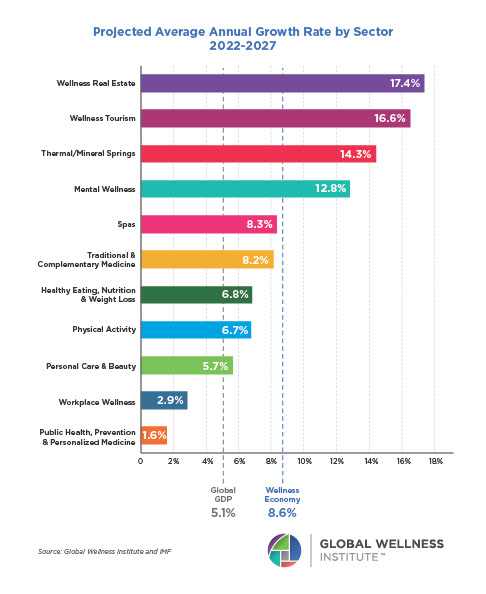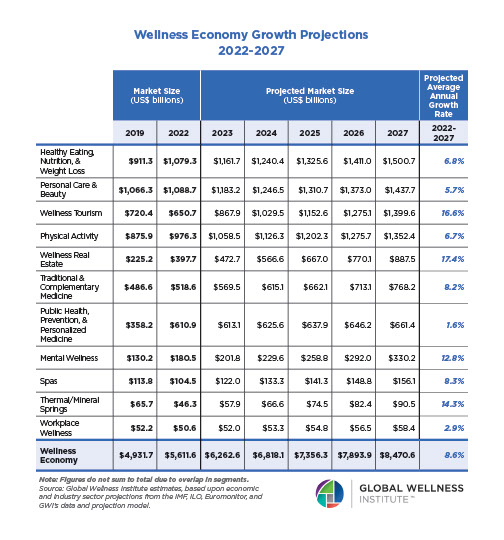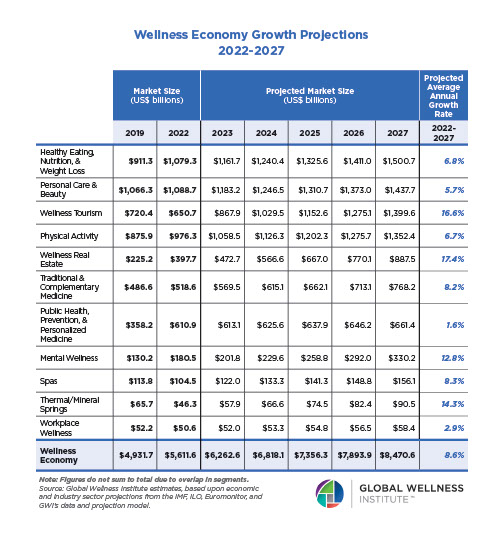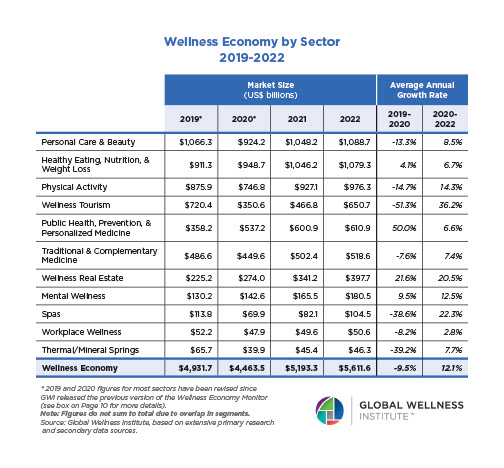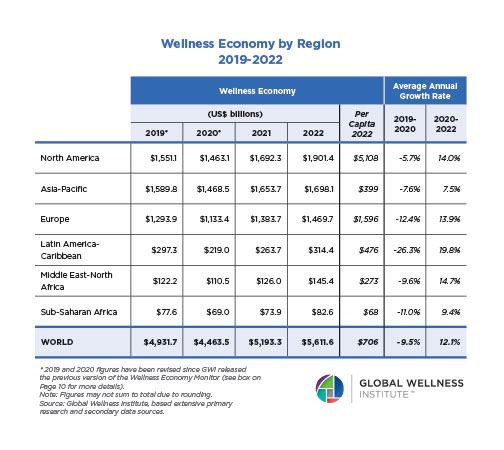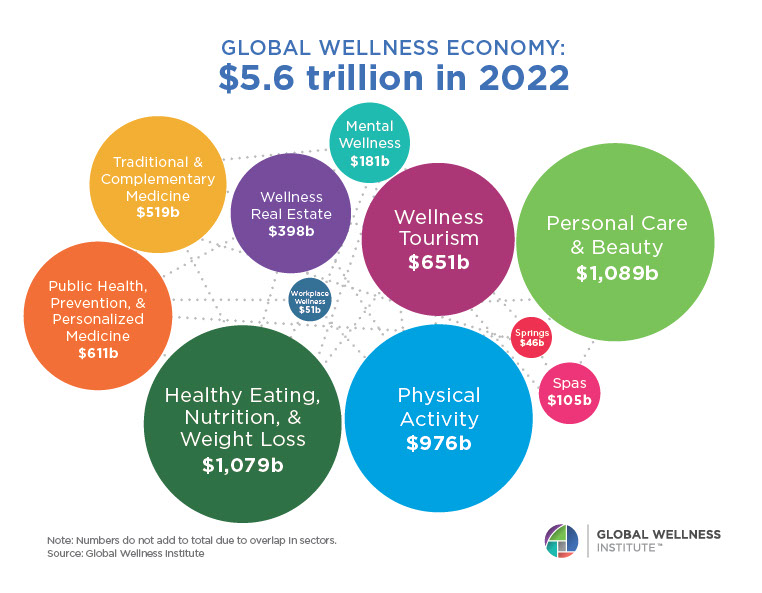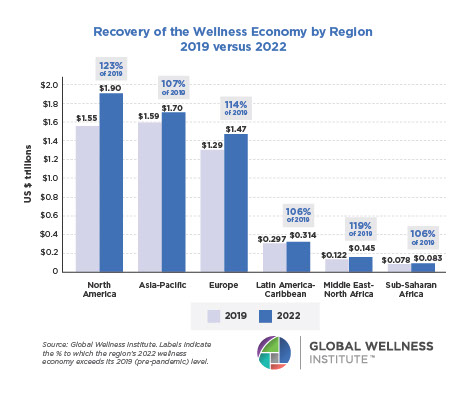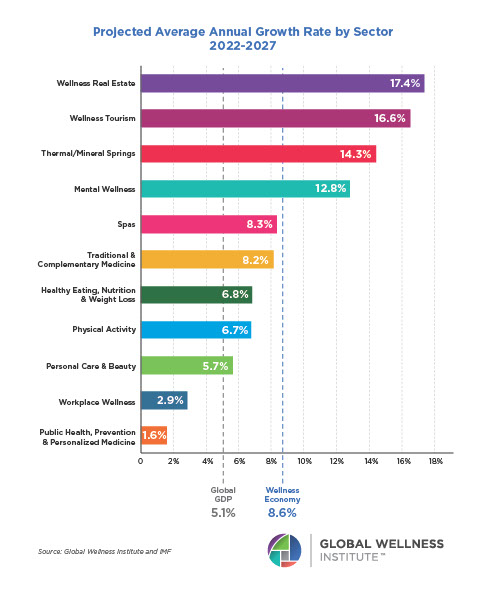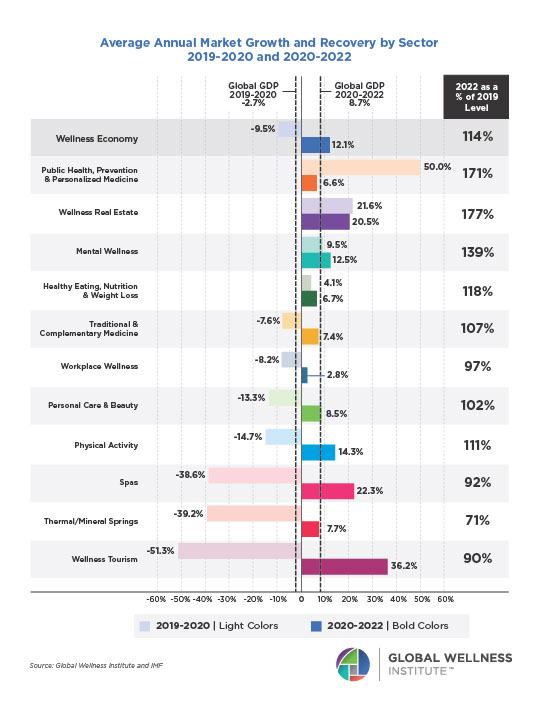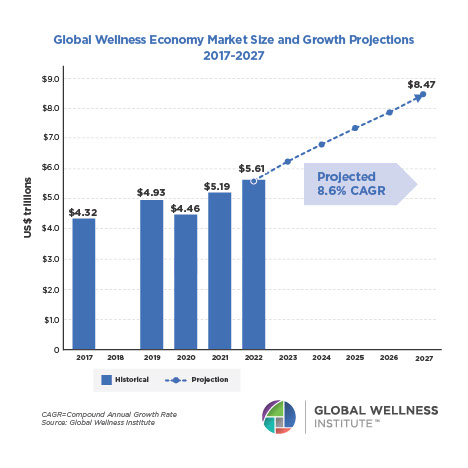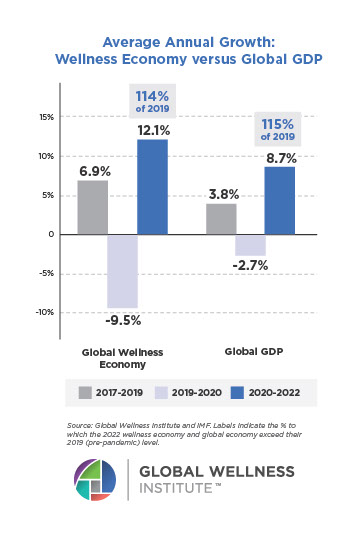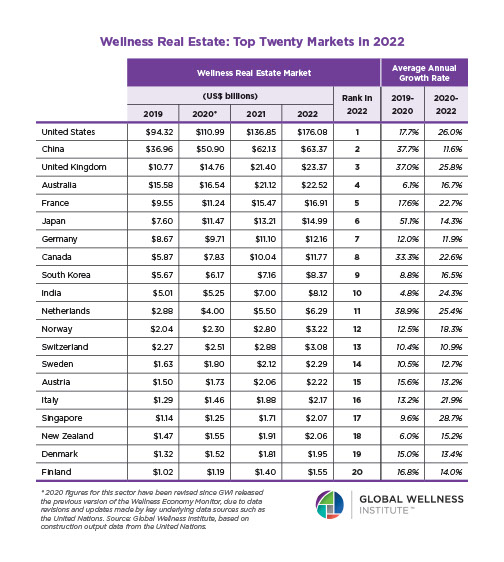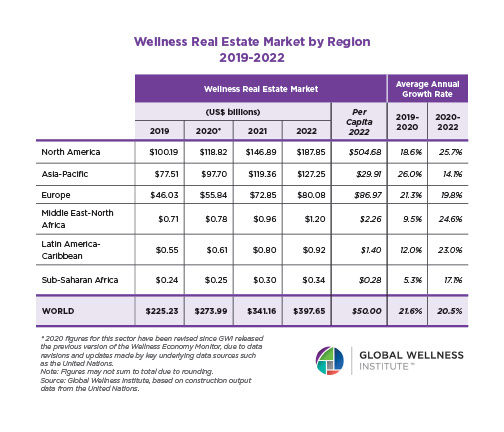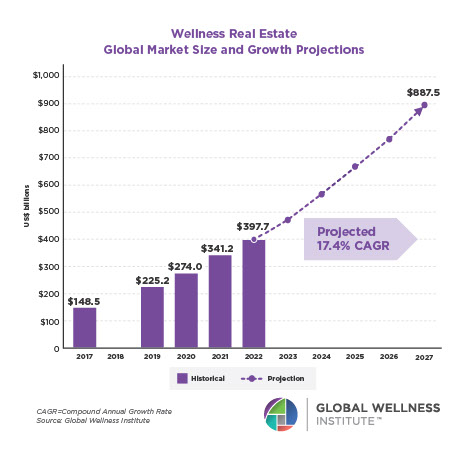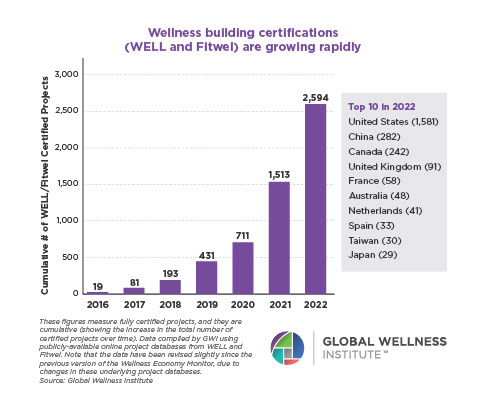At the recent Global Wellness Summit, the GWI’s Sr. Research Fellows presented early findings from their in-depth research on the “Future of Wellness at Work” (full report coming 1/21/16). Key predictions: Workplace wellness will explode in the next decade, but the current “program mentality” (run by HR departments and not infused throughout the work culture) will die a natural death. Why? The “programmatic” approach is not working: If more than half of U.S. workers have a workplace wellness program, a cynical one in 10 actually thinks it improves their health.
Wellness Homes: Big Growth and Big Premiums for Owners/Investors
One of the GWI’s Initiatives is around wellness communities, which are residential developments and even cities, master-planned for the health of their residents: from ample green space, to education, to interior air/water/light quality.
And at the recent Global Wellness Summit, this global group (led by Initiative Chair Mia Kyricos) analyzed how this real estate category is growing fast. Just two new examples: Mayo Clinic’s 20-year project to turn Rochester, Minn., into a total “City of Health” and a Delos Living project transforming part of Tampa City, Fla., into a 40-acre healthy city.
Goodbye Cubicle Dungeons – Healthy Workspaces are the Future
Experts at the GWI’s roundtable on “Redefining Workplace Wellness” agreed that it was astounding how little attention has been paid to designing workspaces that actually support human health and productivity – with so many big companies still housing their employees in unhealthy spaces. The future? An intensified focus on natural light, healthy air, worker privacy and comfort, and even biophilic design – and more private-public initiatives that tackle air quality in increasingly smog-choked, big cities.
In Radically Aging World, Japan is Case Study on Economic Necessity of Being Old AND Well
Economist Malleret recently stated that the unprecedented way the world is aging is, “the single greatest problem of the 21st century.” Here he analyzes how Japan may be the case study to watch: with a quarter of the population over 65 and with one in 17 Japanese people expected to suffer from dementia within the next decade. The nation is (and will be) a prime example of how the costs of aging transform economies, and how we must create populations that are both old AND well.
Must-Reads from the Wellness World (Week of December 14, 2015)
“The mid-life crisis is real: People in their 40s are officially more depressed” – Quartz, Nov. 23, 2015
The issue as to whether, and when, the mid-life crisis occurs is hotly debated within the academic community. According to this short article, new research shows that the mid-life crisis is real: happiness starts falling from early adulthood, hitting a low at the ages of 40-42, before rising up again towards the age of 70.
Global Wellness Summit Identifies Top Ten Shifts in Wellness
The recent Global Wellness Summit in Mexico City was a watershed moment in its 9-year history: never have so many great minds from so many industries (whether traditional medicine, workplace wellness or travel) come together to discuss the future of wellness.
And across the provocative agenda, ten, key, coming shifts emerged: from the fact that governments will make wellness more mandatory; to breakthroughs ahead in epigenetics, stem cells, integrative medicine and health-tracking technology; to the death of workplace wellness “programs” as we’ve known them; to the rise of “imperceptible” wellness.
